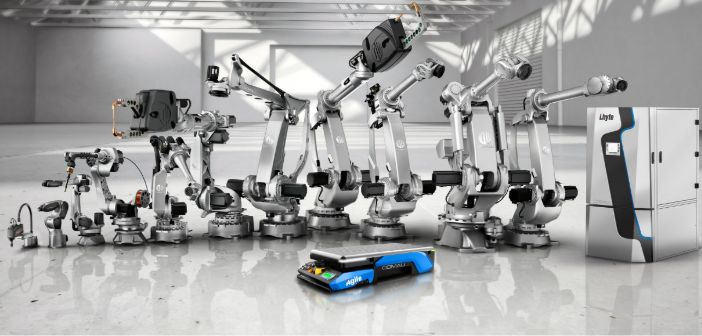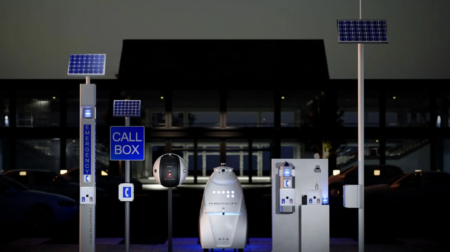Industrial automation company Comau has developed a high-volume module manufacturing line to produce lithium-ion batteries for Leclanché, a provider of energy storage solutions for the heavy transportation, naval and railway industries.
The highly automated line is the result of a simultaneous engineering process and combines industrial robots, vision systems, laser welding, and the automated in-line validation of joints using AI.
According to the manufacturer it focused on multi-module configurability, full traceability and the highest level of safety when developing the solution.
The line is designed to allow Leclanché to produce up to six times the company’s current capacity, reaching an output of more than 60,000 modules per year. The solution is also expected to reduce costs by up to 20%, support 50 different product configurations and save Leclanché time when introducing new formats into the manufacturing line.
“We are pleased to work with Leclanché to support their automation journey and expand their production potential,” said Andrew Lloyd, Comau segment leader for diversified automation systems and electromobility.
“The success of this project is a direct result of our customer-centric approach to simultaneous engineering. It also highlights Comau’s continued investments aimed at further strengthening our ability to meet the growing market demand for high-quality batteries and energy storage solutions.”
Furthermore, the system has been built to evolve as Leclanché’s business develops, it consists of three automated and semi-automated stages within a compact environment that is capable of handling the entire battery manufacturing process – from pouch cell stacking and welding to final assembly.
It also features Comau’s hybrid laser solution, LHYTE, and hosts a proprietary vision system based on AI that automatically validates the electrical and mechanical resistance of each welded point.
The line is also equipped with the in.GRID MES interactive IoT and MES (Manufacturing Execution System) platform. It can directly connect with Leclanché’s infrastructure, facilitates a constant exchange of information between the individual production cells and the full line. This data is processed in real-time and shown via a web-based interface that is accessible from any device, enabling Leclanché to manage its data and monitor production, processes and maintenance, both onsite or through telemetry.








